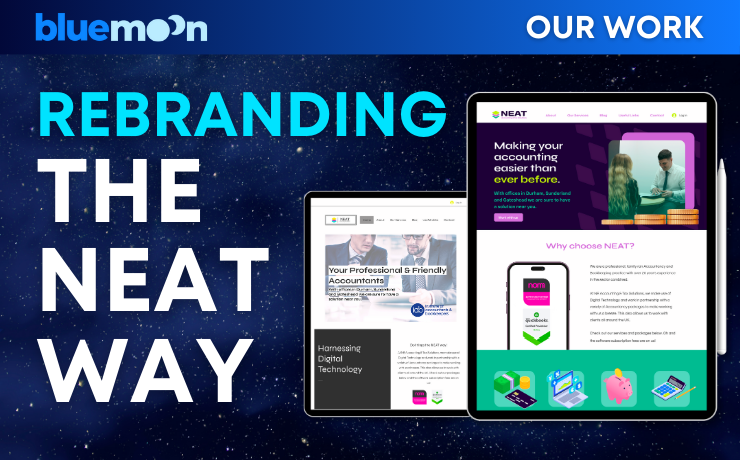The LinkedIn algorithm in 2023 works by considering various factors to deliver content to users. Understanding these factors is crucial for maximising the visibility of your LinkedIn posts. Here’s the ultimate guide to the 2023 LinkedIn algorithm.
What is the LinkedIn algorithm?
The LinkedIn algorithm considers various factors to determine which posts appear on users’ feeds. These factors include the topics, people, and post types that an individual is most likely to engage with. Given LinkedIn’s massive user base of 810 million and counting, the algorithm processes billions of posts daily to ensure an interesting news feed experience for each user. LinkedIn aims to prioritise relevant content and encourage engagement, making the platform more than just a conventional networking site but rather a lively party where your resume is ready if needed.
Linkedin algorithm 2023: How it works
Understanding how to optimise your content to align with the LinkedIn algorithm can greatly benefit your visibility on the platform. However, if you miss the mark, your content may end up buried in a sea of other peoples posts. So, let’s dive into the workings of the LinkedIn algorithm!
LinkedIn decides if your post is spam or genuine content
The LinkedIn algorithm evaluates various factors to determine the relevance of a post to your audience. It categorises content into three types: spam, low-quality, or high-quality. Here’s how LinkedIn determines the category of your post:
- Spam: Posts can be flagged as spam if they contain poor grammar, multiple links, excessive posting frequency (more than every three hours), or excessive tagging of people (more than five). Additionally, using hashtags like #comment, #like, or #follow excessively can also raise red flags.
- Low-quality: These posts do not qualify as spam but fail to adhere to best content practices. If your post lacks engagement or fails to make an impact, it may be considered low-quality by the algorithm.
- High-quality: These posts align with LinkedIn’s content recommendations. They are easy to read, include a question to encourage responses, use three or fewer hashtags, incorporate relevant keywords, and tag people who are likely to respond genuinely. Furthermore, high quality posts currently favour you if you share outbound links in the comment section rather than the main post.
LinkedIn puts your post to the test
After confirming that your post isn’t spammy, the LinkedIn algorithm initially shows it to a small group of your followers. If there’s immediate engagement in the form of likes, comments, and shares, LinkedIn will expand its reach to more users. This is why some people consider joining LinkedIn groups to boost engagement artificially.
However, if there’s a lack of response or if your audience flags the post as spam or hides it from their feeds, LinkedIn will not promote it further. Limiting your presence. This crucial evaluation occurs within the first hour of sharing your post, making it a real make-or-break moment.
To maximise this critical time period, consider the following strategies:
- Share your post when your followers are online, utilising LinkedIn analytics to determine the optimal timing for capturing your desired audience.
- Seize the moment – Respond promptly to comments and questions on your post.
- Encourage engagement by asking questions or providing prompts. You want your audience’s opinion after all.
- Maintain a consistent posting schedule to notify dedicated followers when you release new content. (We cannot stress this enough, consistency really is key)
- It’s not just about your content! Actively engage with other posts on LinkedIn. Think about this… How many times have you clicked on a post because someone you know did? Seeing your name in their feed keeps you front of mind and may spark intrigue in users to see what you’ve been up to recently and check out your latest content.
By implementing these practices, you can make the most of the initial hour after sharing a post and increase the chances of it gaining traction on LinkedIn.
LinkedIn delivers your engaging content to more users
Once your post starts receiving engagement and gains momentum, the LinkedIn algorithm will gradually expand its reach to a broader audience. The visibility of your post at this stage depends on three key ranking signals:
- Connection strength: Users who are closely connected to you, such as current or former colleagues or individuals you have interacted with before, are more likely to see your content.
- Topic relevance: The algorithm analyses a user’s interests based on the groups, pages, hashtags, and people they follow. If your post relates to topics or companies aligned with their interests, it increases the likelihood of your content being shown to them.
- Likelihood of engagement: The algorithm considers the probability of a user engaging with your post based on their previous behaviour and interactions with your previous posts. Additionally, the level of engagement the post is generating overall plays a role. If the post is sparking a significant amount of conversation and interest, more people will be inclined to participate and engage with it.
The LinkedIn algorithm also takes into account additional factors such as the language used in the post and the companies, people, and topics mentioned. Clever stuff eh?
So that’s a wrap! There’s everything you need to know about LinkedIn’s 2023 algorithm… To conclude, the algorithm evaluates various factors such as connection strength, topic relevance, and the likelihood of engagement to determine who sees your content. By creating high-quality posts that align with users’ interests, engaging with your audience, and generating meaningful conversations, you can increase your chances of reaching a wider audience and achieving your LinkedIn goals.
If you could do with some help managing your social media channels and an expert eye on the LinkedIn algorithm, then contact us today. We are well-equipped to assist you in navigating and conquering the challenges posed by the LinkedIn algorithm, ensuring that your content stands out and reaches the right audience effectively.











